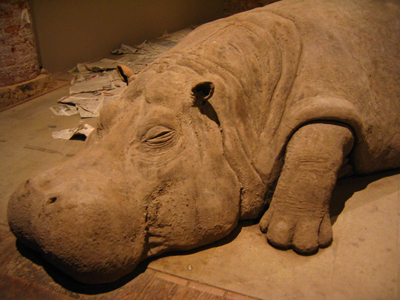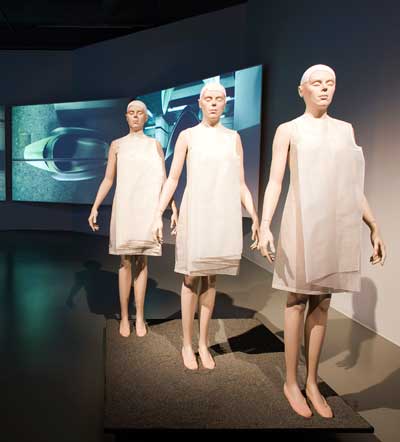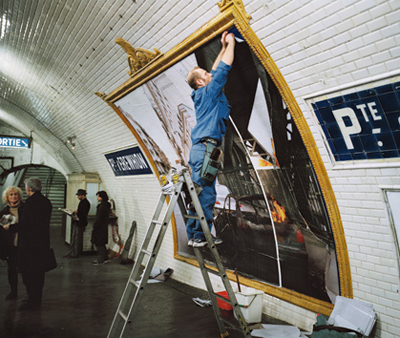

On September 8, 2010, the United States Bureau of Educational and Cultural Affairs announced that the artistic team of Puerto Rico-based Jennifer Allora and Guillermo Calzadilla, who have been working together since 1995, will represent the United States at the 2011 Venice Biennale.
Allora and Calzadilla’s work playfully explores relationships among art, politics and international identity through performances, video, sculpture, photography, sound pieces, and social interactions. It’s interesting to note that they will be the first collaborators, rather than a single artist, to represent the United States and the first time that a combination of performance and installation will occupy the pavilion. This shift toward, a more interdisciplinary art, one hopes, will provide a new space for contemporary artists working outside traditional realms of the art world.
This year marks the 54th Venice Biennale, which in many ways can be compared to the Olympic games of the contemporary art world. More than seventy nations are present. In 2009, Bruce Nauman represented the United States, before that, a posthumous Félix González-Torres. Allora and Calzadilla’s project for the Biennale will consist of six new site-specific works in a display curated by Lisa Freiman, chair of the Indianapolis Museum of Art’s contemporary art department. According to El Nuevo Día, Allora & Calzadilla will prepare six pieces to be placed inside and outside of the U.S. pavilion and will create works that “analyze contemporary geopolitics through the lens of spectacular nationalistic and competitive enterprises such as the Olympic Games, international commerce, war, the military-industrial complex, and even the Biennale itself”.





 Facebook
Facebook Permalink
Permalink Digg
Digg Reddit
Reddit LinkedIn
LinkedIn StumbleUpon
StumbleUpon Tumblr
Tumblr



